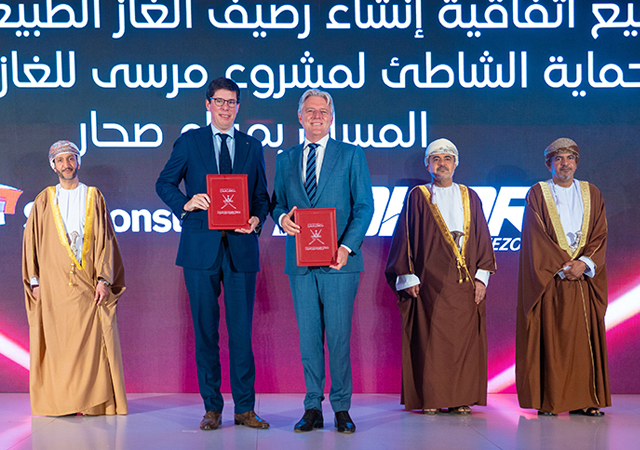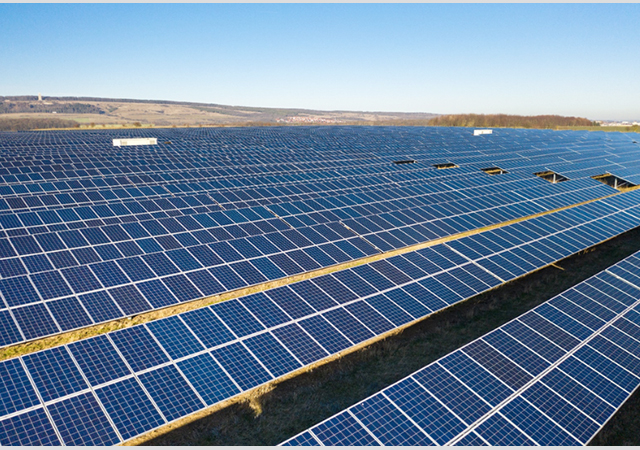
 The Putzmeister super piston pump .. for high density solids
The Putzmeister super piston pump .. for high density solids
For high density solids PUTZMEISTER now offers a mammoth two-cylinder piston pump for high density solids and coarse concrete.
The KOS 25100 is similar with respect to its functioning to the S-pipe controlled Putzmeister concrete and high density solids pumps, but is larger as it has a 360 mm diameter delivery cylinder with 2,500 m stroke.
Putzmeister has especially designed the super high-density solids pump for great delivery performances (up to 250 cu m/h) at low piston speed (maximum 0.7 m/sec). The maximum possible pumping pressures (35 bar) plays a secondary role here, says a company spokesman.
"The pump engineers place a great importance however on the modular design which is based on the earlier BST 2500; because by using other delivery cylinders (320 mm or 280 mm dia) and a powerful hydraulic drive, the pump pressures can be considerably increased at reduced delivery performance. At the same time, the diameters of the newly-developed S transfer tube (suction side 280 m, pressure side 250 mm dia) are maintained for all versions of the KOS 25100."
The different reduction transfer, depending upon the different pump types, is carried out transversely between the delivery cylinder and transfer tube.
"With this Putzmeister has taken up a double piston pump into its programme that is best suited also for the delivery of coarse concrete with aggregates of over 80 mm. Typical operations for these large concrete pumps are dam construction sites, power stations projects and foundations for high-rise buildings," he says.
The pump was used in Japan recently for two carry out two tasks: to desludge the waterway of rivers and inner harbours as well as for reclaiming land.
"For this either the thin flow method is used with which the drained slurries are transported over a distance of many kilometers by compressed air (hybrid conveyance) or a binding material is added to the slurries (for example, 50 kg cement or fly ash per cu m material) and placed as an underwater construction material (dense flow method). Delivery distances of more than 1,500 m have already been attained with this method," says the spokesman.






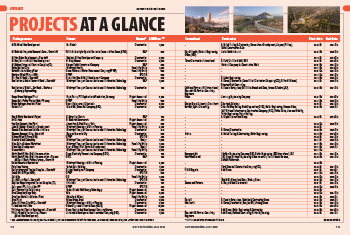




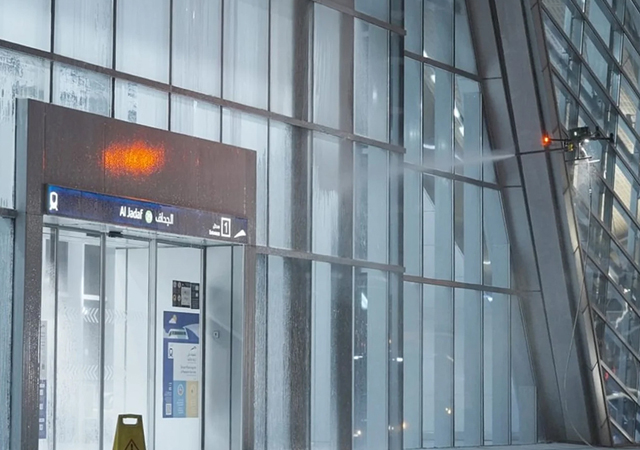

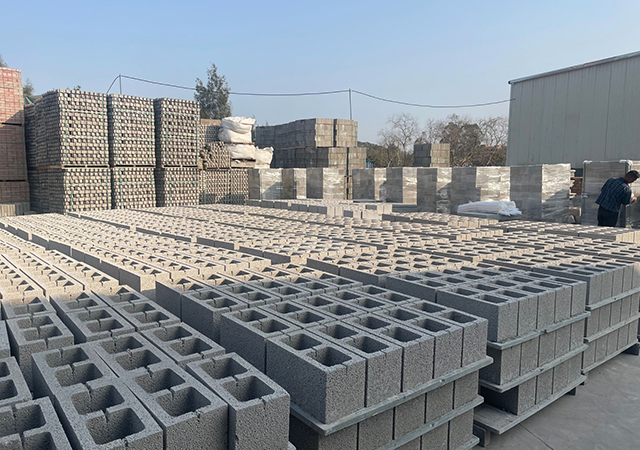


.jpg)
.jpg)
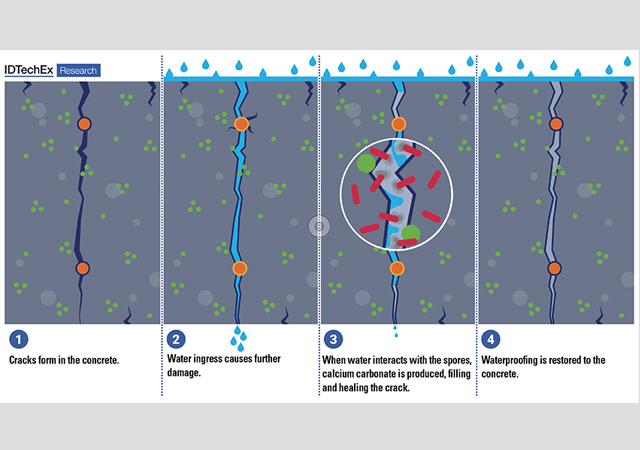
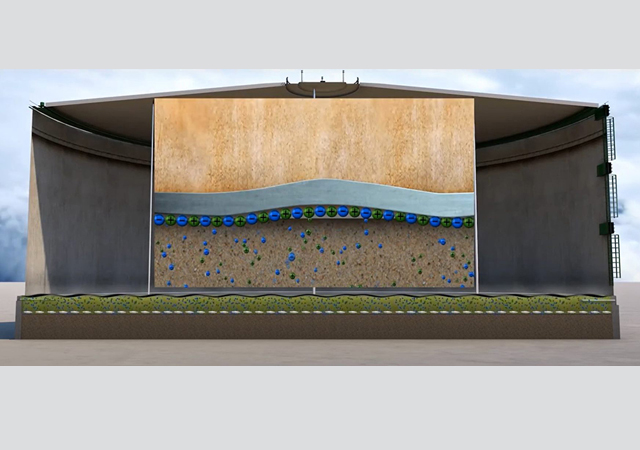
.jpg)
.jpg)
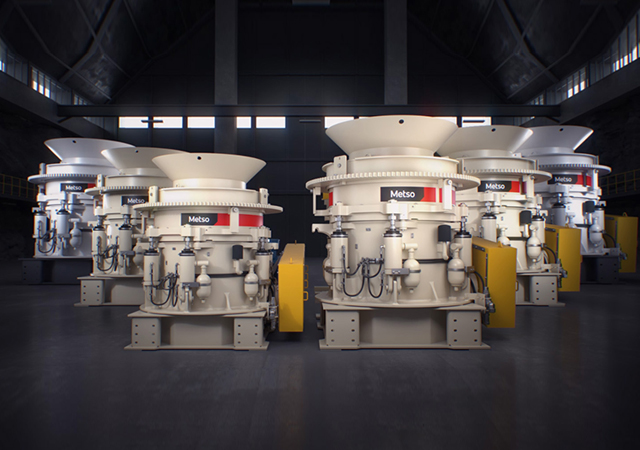

.jpg)

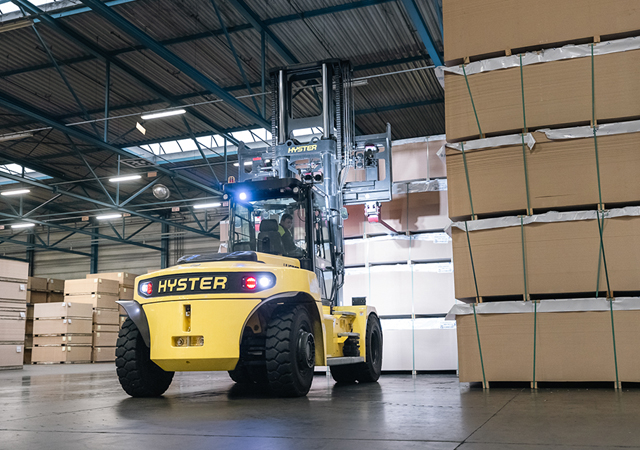
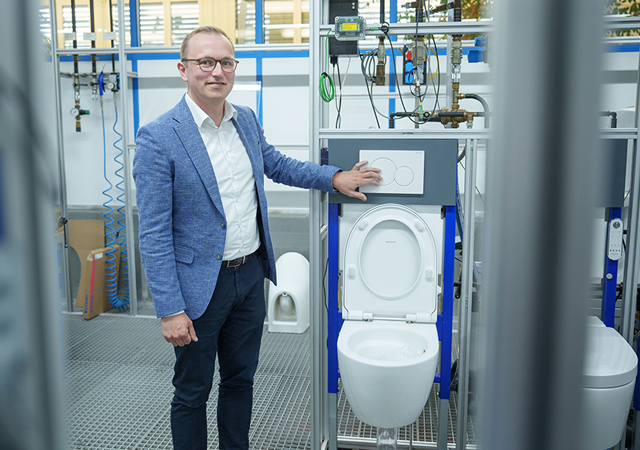

 Doka.jpg)





